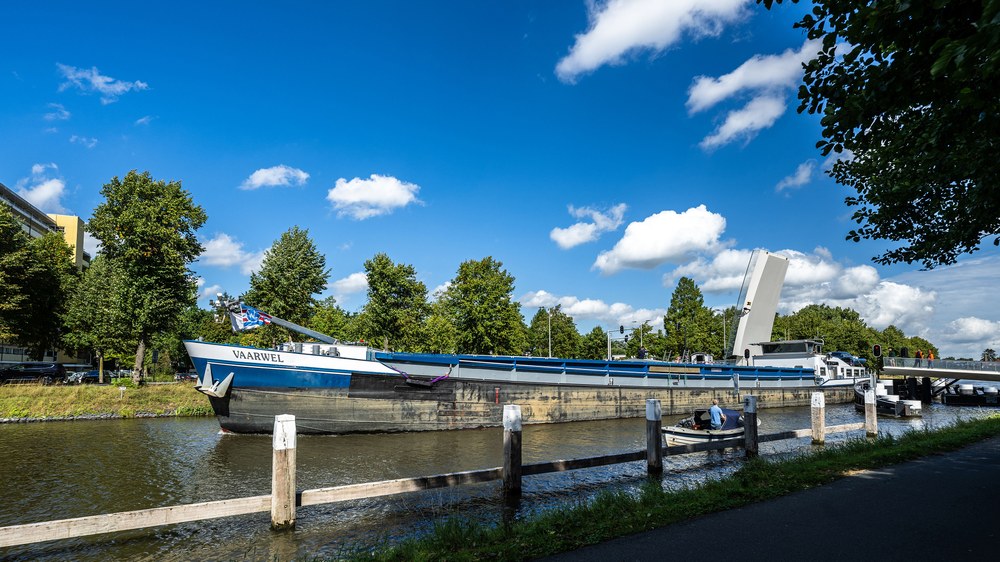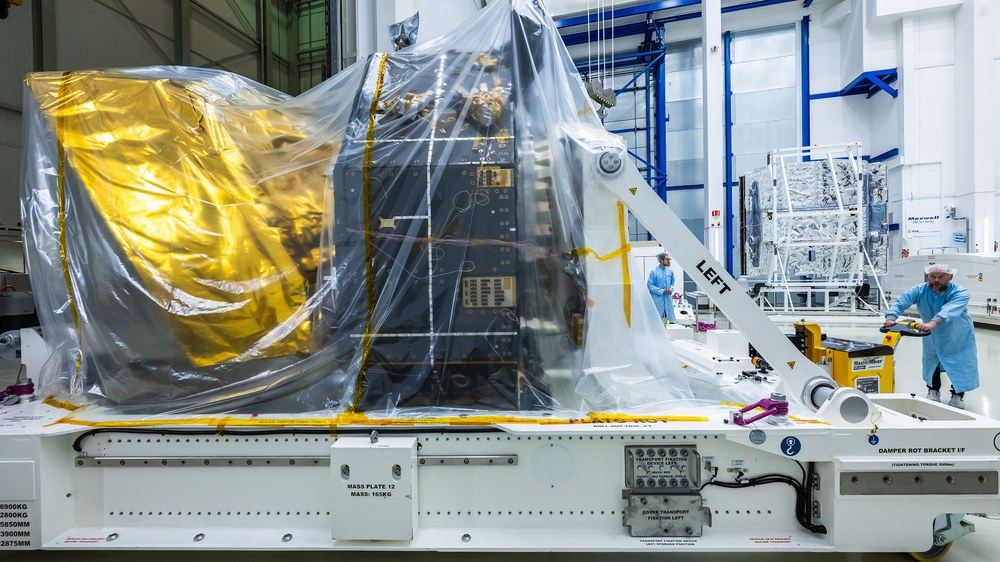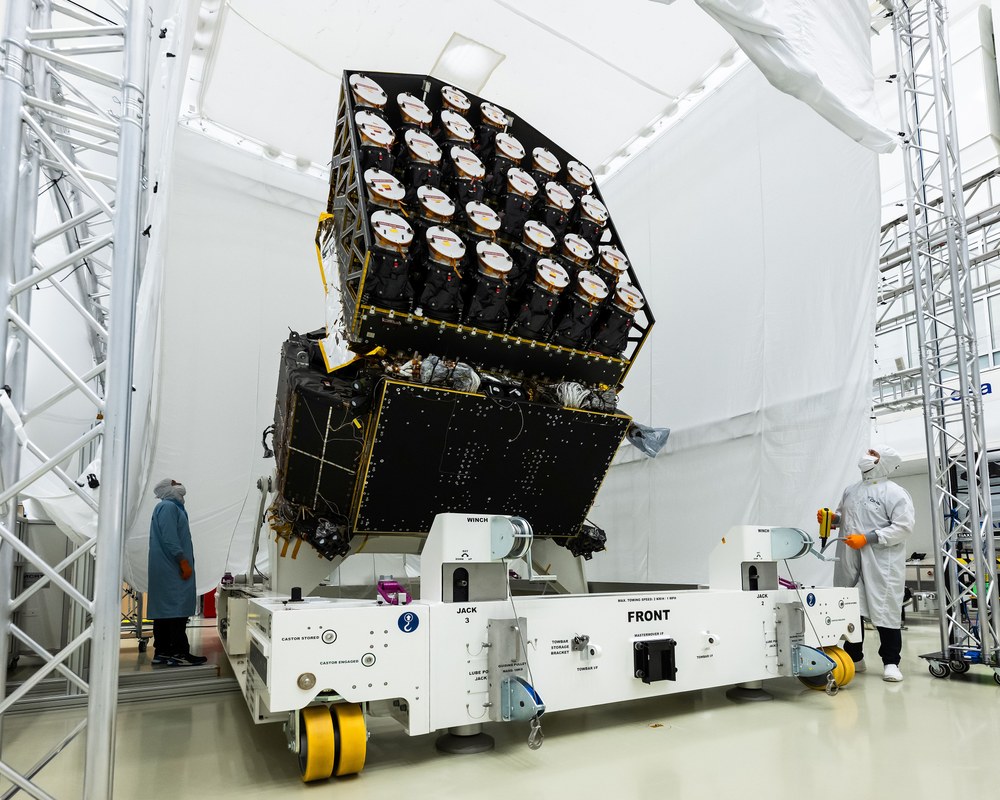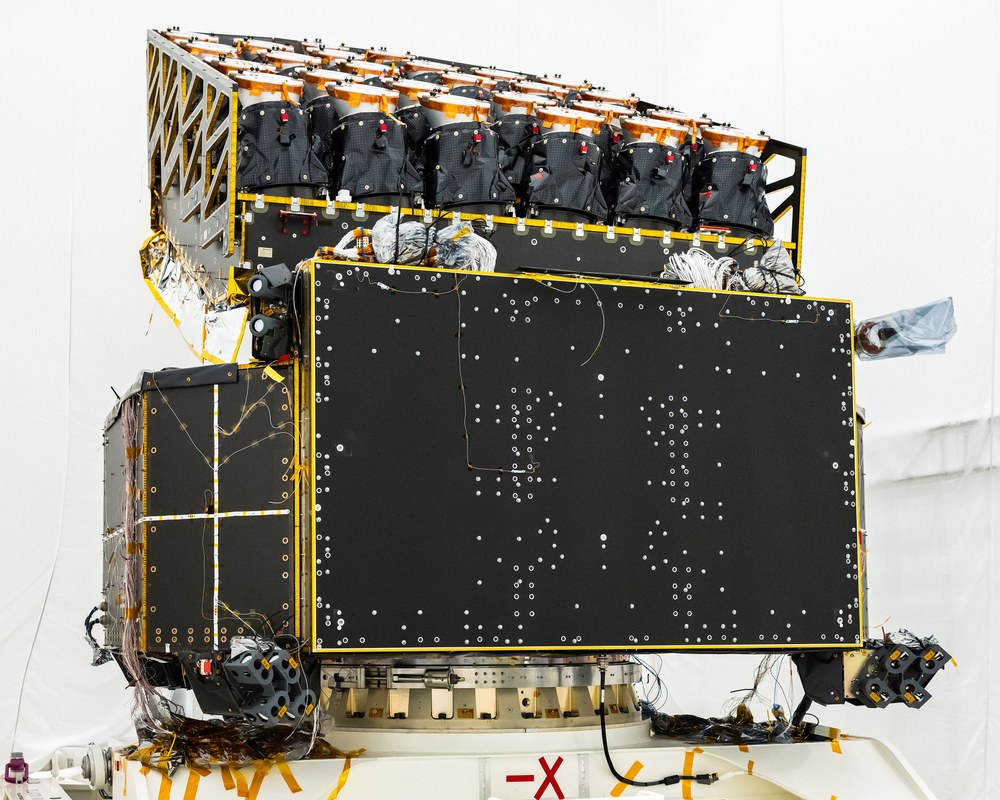PLATO space telescope journeys to test centre by sea and road

ESA

ESA-SJM Photography
In June 2025, the PLATO space telescope's scientific instrument was integrated with its service module in the clean room of prime contractor OHB in Oberpfaffenhofen, Germany. PLATO – short for PLAnetary Transits and Oscillations of stars – will scan the heavens for Earth-like exoplanets orbiting Sun-like stars. Its instrument consists of an optical bench with 26 individual cameras and their electronic modules. Using a special crane, the instrument was lifted and mounted onto the service module with pinpoint precision. ESA gave a vivid description of the process, dubbing the process as 'PLATO's eyes meet brain'. Everything required for operation was then essentially in place, including subsystems for power supply, propulsion and communication with Earth.
Once the work was complete, the sensitive apparatus had to be transported almost 900 kilometres to the European Space Research and Technology Centre (ESTEC) in the Dutch coastal town of Noordwijk. This was no easy task, as the container carrying PLATO was 5.5 metres wide. In Germany, lorries are not allowed be wider than 2.55 metres, and oversized loads require a certificate of exemption.

ESA-SJM Photography

ESA-SJM Photography
From Bavaria to the Netherlands in 14 days

ESA-SJM Photography
Weighing up the costs, time and substantial admin involved, the transport company came up with a solution. First, over the course of three nights, PLATO was moved by a heavy goods vehicle from Oberpfaffenhofen, near Munich, to Mannheim, along country roads and just a few stretches of motorway.
This called for the route to be inspected in advance, and the cargo had to be constantly monitored – under the ongoing supervision of the police and authorities. Once in Mannheim, PLATO was loaded onto a cargo ship, which transported it along the Rhine and through the branching Rhine-Meuse delta to the Dutch town of Katwijk. Throughout this entire journey, the container had to be climate controlled.

ESA-SJM Photography

ESA-SJM Photography

ESA-SJM Photography
From Katwijk, it was only a few kilometres by lorry to ESA's 'technical heart' in Noordwijk. After 14 days, PLATO had reached its destination. Once at ESTEC, the instrument was loaded onto a trolley, wheeled into the clean room and rotated 90 degrees to an upright position.

ESA-SJM Photography
In the coming weeks, PLATO will be put through its paces: intensive shaking tests, as well as vibration and acoustic tests, must be carried out to ensure that PLATO can withstand the enormous mechanical stresses during the launch onboard Ariane 6 without damage. Later, the complete spacecraft will be placed inside the Large Space Simulator – Europe's largest vacuum chamber – to ensure it will withstand the extreme temperatures, radiation and vacuum of space.
Related links
Tags:
